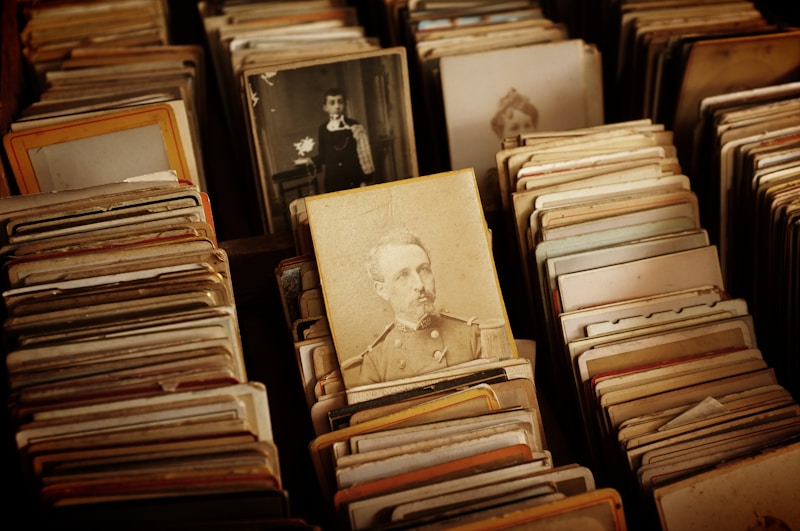10 Questions
क्या मध्यकालीन समाज में व्यापार के विकास के साथ-साथ क्या वृद्धि हुई?
शहर
किस युग में कवियों ने प्रेम, धर्म और नैतिकता के विषयों का मूल्यांकन किया?
मध्यकाल
कौन सी प्रमुख समाज वर्ग होती थी मध्यकाल में?
सेनानी
किस युद्ध का सम्बंध मध्यकाल के इतिहास में सबसे प्रमुख होता है?
महाभारत युद्ध
कौन-सा कला-संस्कृति प्रमुख समृद्धि का पहला संकेतक हुआ?
गोथ कला
किस युग में यूरोप में बौद्धिक और सामाजिक परिवर्तन हुआ?
5वीं से 15वीं सदी
किस कारण ने मध्यकाल में क्षेत्रीय जनजाति राज्यों का उत्थान किया?
रोमन साम्राज्य के पतन
कहाने के अनुसार, मध्यकाल में कौन-कौन से क्षेत्रों में प्रकारंतरण हुई?
समाज, संस्कृति, और अर्थव्यवस्था
मध्यकाल में कौन-सा प्रमुख समृद्धि का माध्यम था?
कृषि
मध्यकाल में कृषि के किस प्रक्रिया का प्रयोग हुआ?
तीन-फ़ील्ड प्रणाली
Study Notes
Medieval History: A Journey Through Europe's Middle Ages
The Middle Ages, or the Medieval Period, spans from the 5th to the 15th centuries and envelops a fascinating era in European history. While it's often portrayed through the lens of knights and castles, the Medieval Period also saw profound changes in society, culture, and economics.
The Fall of the Roman Empire and Europe's Transformations
As the Roman Empire crumbled and the Dark Ages ensued, Europe experienced a period of transition. The absence of a central authority led to regional tribal kingdoms and the rise of feudalism, with a system of landholding based on military service and loyalty. This social structure provided a stable framework for the growth of local economies and the redevelopment of towns and cities.
The Church's Influence
The Catholic Church played a pivotal role in the Middle Ages. With the establishment of the Papal States and the creation of the Holy Roman Empire, church officials held considerable political power and were responsible for administering justice, education, and the welfare of their communities. The Church's influence extended to the arts, as well, with the development of new styles like Romanesque and Gothic architecture.
Agriculture and Trade
Agriculture and trade were the mainstays of Medieval life. New farming techniques, such as the three-field system and the introduction of new crops, led to greater food production. As trade expanded, so did the cities, which served as hubs for commerce, culture, and governance. Key trade routes, like the Silk Road and the Hanseatic League, facilitated the exchange of goods and ideas between Europe and the Middle East.
Feudalism and Nobility
The feudal system, with its reciprocal obligations between lords and vassals, was a central feature of Medieval society. Lords offered land and protection, while vassals provided military service and loyalty in return. The nobility, who often held the most significant land holdings, were the highest social class, followed by the clergy, the bourgeoisie (merchants), and the peasantry. Although feudalism was a rigid system, it laid the foundations for the development of a strong centralized state.
Warfare and Knighthood
Warfare was an integral part of Medieval society, and knights were the archetypal warriors of the period. Armored and mounted on horseback, knights, who were sworn to protect their lords, fought in tournaments and engaged in wars that shaped Europe's history. Their chivalrous code of conduct and their prowess in battle have become synonymous with the Middle Ages.
Art, Literature, and Philosophy
The Medieval Period also saw the birth of new artistic styles and forms of literature. From Romanesque architecture to Gothic cathedrals, the arts flourished, and artists like Giotto and Duccio championed the Italian Renaissance. Medieval literature, including the works of William Shakespeare, Geoffrey Chaucer, and Dante Alighieri, explored themes of love, faith, and morality.
In conclusion, the Middle Ages was a dynamic period in European history, characterized by profound change and transformation. The influence of the Catholic Church and the development of new systems like feudalism and trade routes shaped Europe's destiny, while art, literature, and philosophy offered windows into the minds and hearts of the period's inhabitants. As you delve deeper into Medieval history, you'll discover an era that continues to captivate the imagination and inspire modern-day scholars and enthusiasts alike.
Explore the intricate tapestry of Europe's Middle Ages, from the fall of the Roman Empire and the rise of feudalism to the influence of the Catholic Church and the dynamics of warfare and knighthood. Discover how agriculture, trade, art, literature, and philosophy shaped this transformative era.
Make Your Own Quizzes and Flashcards
Convert your notes into interactive study material.




